Introduction
Nanotechnology, the science of manipulating matter at the atomic and molecular scale, has already revolutionized fields like medicine, electronics, and materials science. As we look to the future, the potential applications of nanotechnology are boundless. This article explores 20 future invention ideas that could become realities thanks to the advancements in nanotechnology.
Nanotechnology Inventions 1-10
1. Medical Nanobots
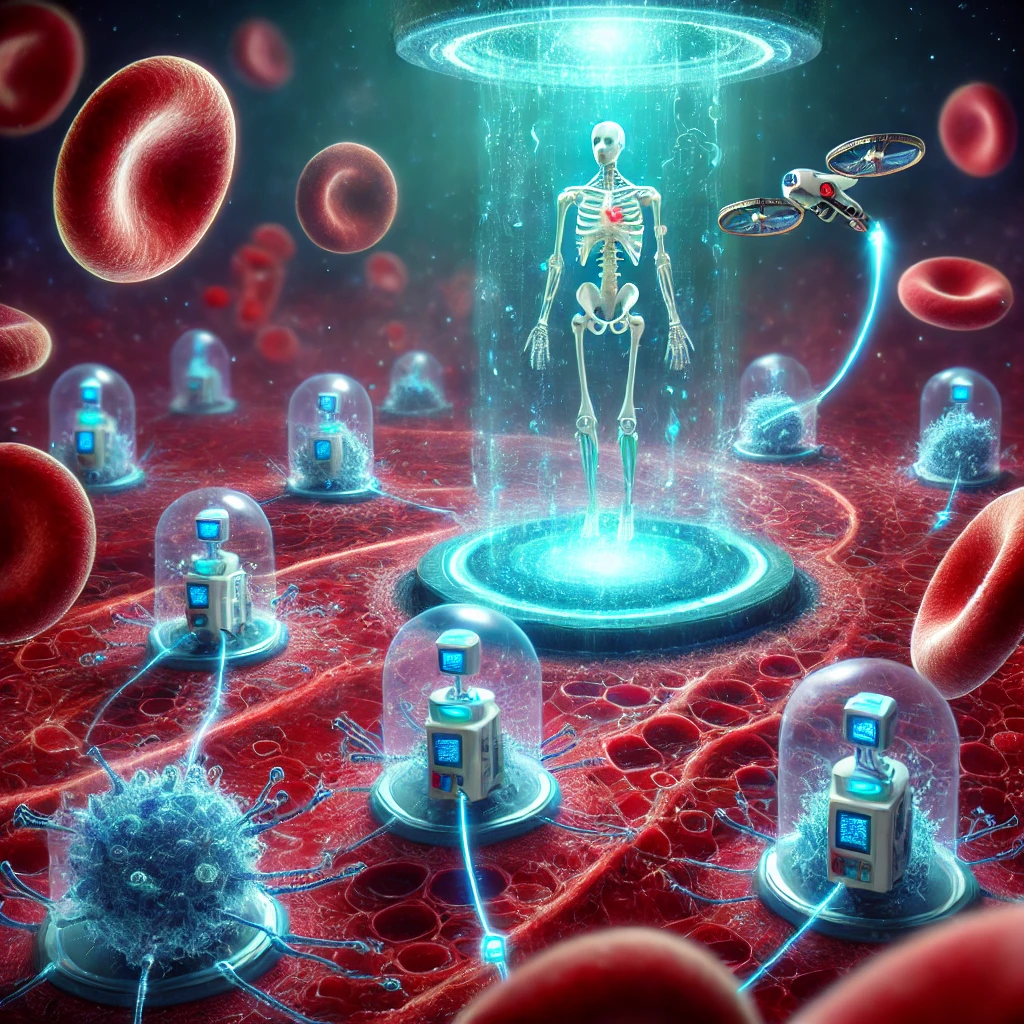
Medical nanobots represent one of the most exciting prospects of nanotechnology, promising a revolution in healthcare. These microscopic robots, designed to operate at the cellular level, could perform intricate medical procedures with unprecedented precision. Imagine nanobots navigating through the bloodstream to detect and eliminate cancer cells, repair damaged tissues, or deliver drugs directly to affected areas, minimizing side effects. They could also perform complex surgeries from within the body, reducing the need for invasive procedures and speeding up recovery times. Furthermore, these nanobots could continuously monitor vital signs and health conditions, providing real-time data to healthcare providers and enabling early detection of diseases. This technology holds the potential to significantly extend human lifespan and improve the quality of life by offering targeted, efficient, and minimally invasive medical treatments. As research progresses, medical nanobots may become a cornerstone of modern medicine, transforming how we approach health and disease management.
2. Smart Drug Delivery Systems
Smart drug delivery systems, empowered by nanotechnology, are set to revolutionize the way medications are administered. Traditional drug delivery methods often result in systemic side effects due to the dispersion of drugs throughout the body. Nanotechnology enables the creation of nanoparticles that can be engineered to carry drugs and release them in a controlled manner, directly at the target site. This precision targeting ensures that the medication acts only where needed, significantly reducing side effects and enhancing therapeutic efficacy. For instance, in cancer treatment, nanoparticles can be designed to recognize and bind to cancer cells, delivering chemotherapeutic agents directly to the tumor while sparing healthy tissues. Moreover, smart drug delivery systems can be programmed to release drugs in response to specific physiological conditions, such as changes in pH or temperature, providing a more personalized and responsive treatment approach. This innovation holds the promise of transforming chronic disease management, improving patient compliance, and optimizing treatment outcomes, ultimately leading to a more efficient and effective healthcare system.
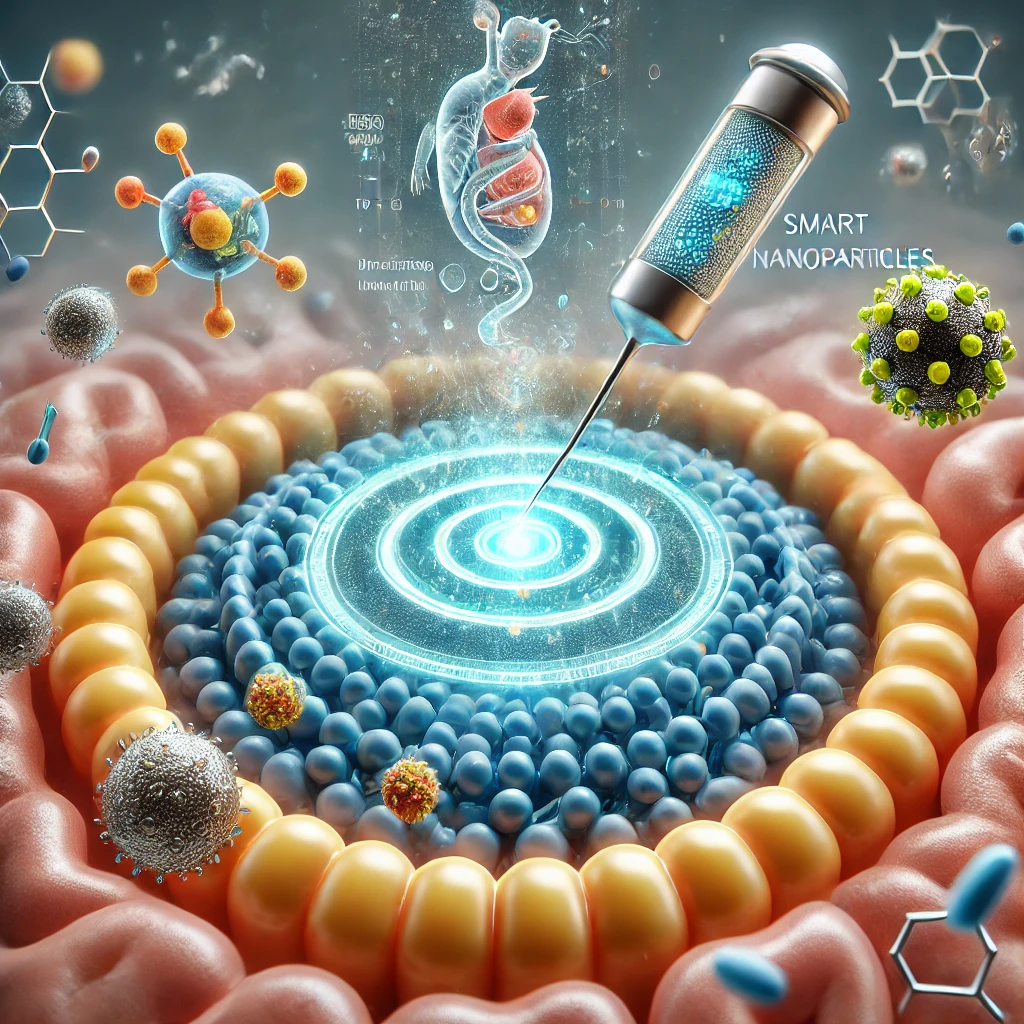
3. Advanced Water Purification Systems
Access to clean drinking water is a critical issue for millions worldwide. Nanotechnology promises to revolutionize water purification by creating advanced filtration systems capable of removing even the smallest contaminants. Traditional filtration methods often fail to eliminate microscopic pollutants such as viruses, heavy metals, and chemicals. Nanomaterials, like carbon nanotubes and graphene oxide, can be used to develop filters with pores small enough to trap these tiny particles while allowing water molecules to pass through. These nanofilters can effectively remove pathogens, heavy metals like lead and mercury, and organic pollutants, ensuring safe drinking water. Additionally, these systems can be designed to work efficiently at lower energy costs and with greater durability than current methods, making them more sustainable and cost-effective. With nanotechnology, it is possible to create portable and affordable water purification devices that can be used in remote or disaster-stricken areas, significantly improving global water security and reducing waterborne diseases.
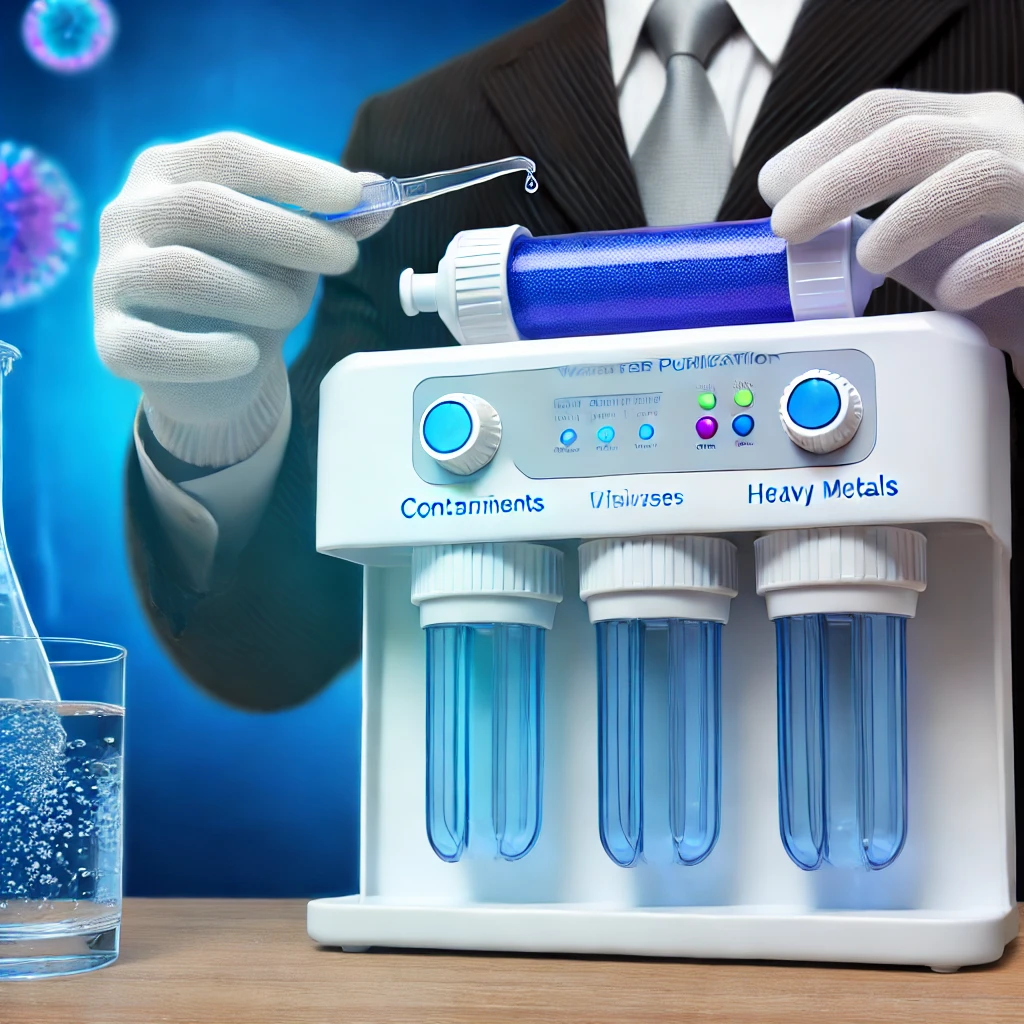
4. Nano-Enhanced Solar Panels
The efficiency of solar panels has always been a limiting factor in the widespread adoption of solar energy. Nanotechnology offers a solution through the development of nano-enhanced solar panels. By incorporating nanomaterials such as quantum dots and nanowires, these solar panels can absorb a broader spectrum of sunlight, including wavelengths that traditional panels miss. Quantum dots, for example, can be tuned to capture different parts of the solar spectrum more effectively, converting more sunlight into electricity. Nanowires can provide a direct path for electrons, reducing energy loss and increasing the overall efficiency of energy conversion. Furthermore, nanotechnology can enable the production of flexible and lightweight solar panels that can be integrated into various surfaces, such as windows or clothing. This advancement could lead to a significant increase in the use of solar energy, making it a more viable and widespread renewable energy source, ultimately contributing to a reduction in global carbon emissions and promoting sustainable energy solutions.
5. Flexible and Wearable Electronics
The future of electronics is not only in making them more powerful but also in making them more adaptable and integrated into our daily lives. Flexible and wearable electronics, enabled by nanotechnology, represent a major leap forward. By using nanomaterials like graphene and conductive polymers, these devices can be made ultra-thin, lightweight, and flexible, allowing them to be worn comfortably on the body or integrated seamlessly into clothing. Imagine a smartwatch that conforms perfectly to your wrist or a health monitor embedded in your shirt that tracks your vitals in real time. These devices could also be used for medical applications, such as monitoring chronic conditions or delivering medications on demand. Additionally, flexible electronics could revolutionize fields like virtual reality and gaming, providing more immersive and interactive experiences. As nanotechnology continues to advance, we can expect these smart, wearable devices to become an integral part of our everyday lives, enhancing connectivity, health monitoring, and personal comfort in ways previously unimaginable.
6. Enhanced Batteries and Energy Storage

The demand for more efficient and powerful energy storage solutions is growing, driven by the proliferation of mobile devices, electric vehicles, and renewable energy systems. Nanotechnology offers promising advancements in battery technology, potentially transforming how we store and use energy. Nanomaterials like graphene and silicon nanowires can significantly increase the capacity and charging speed of batteries. For instance, graphene’s high conductivity and large surface area enable faster electron and ion transport, resulting in quicker charging times and higher energy densities. Silicon nanowires can accommodate more lithium ions, greatly enhancing the storage capacity of lithium-ion batteries. These improvements could lead to smartphones that charge in minutes and electric vehicles with much longer ranges. Moreover, nanotechnology can contribute to the development of more sustainable and environmentally friendly batteries by using abundant and non-toxic materials. Enhanced batteries and energy storage systems will be crucial for the future of portable electronics, electric transportation, and the efficient use of renewable energy, supporting a more sustainable and connected world.
7. Super-Strong and Lightweight Materials
Nanotechnology is set to revolutionize the materials we use in construction, transportation, and various other industries by producing materials that are both super-strong and lightweight. By manipulating materials at the nanoscale, scientists can create structures with remarkable mechanical properties. For example, carbon nanotubes and graphene are known for their exceptional strength and lightness. These materials can be incorporated into composites to create products that are far stronger than steel yet much lighter. This innovation has enormous implications for the aerospace and automotive industries, where reducing weight without compromising strength is crucial. Lightweight vehicles and aircraft consume less fuel, leading to greater energy efficiency and lower carbon emissions. In construction, nano-enhanced materials can improve the durability and safety of buildings while reducing the amount of raw materials needed. This advancement in materials science will lead to safer, more efficient, and sustainable infrastructure and transportation solutions, transforming how we build and move in the future.
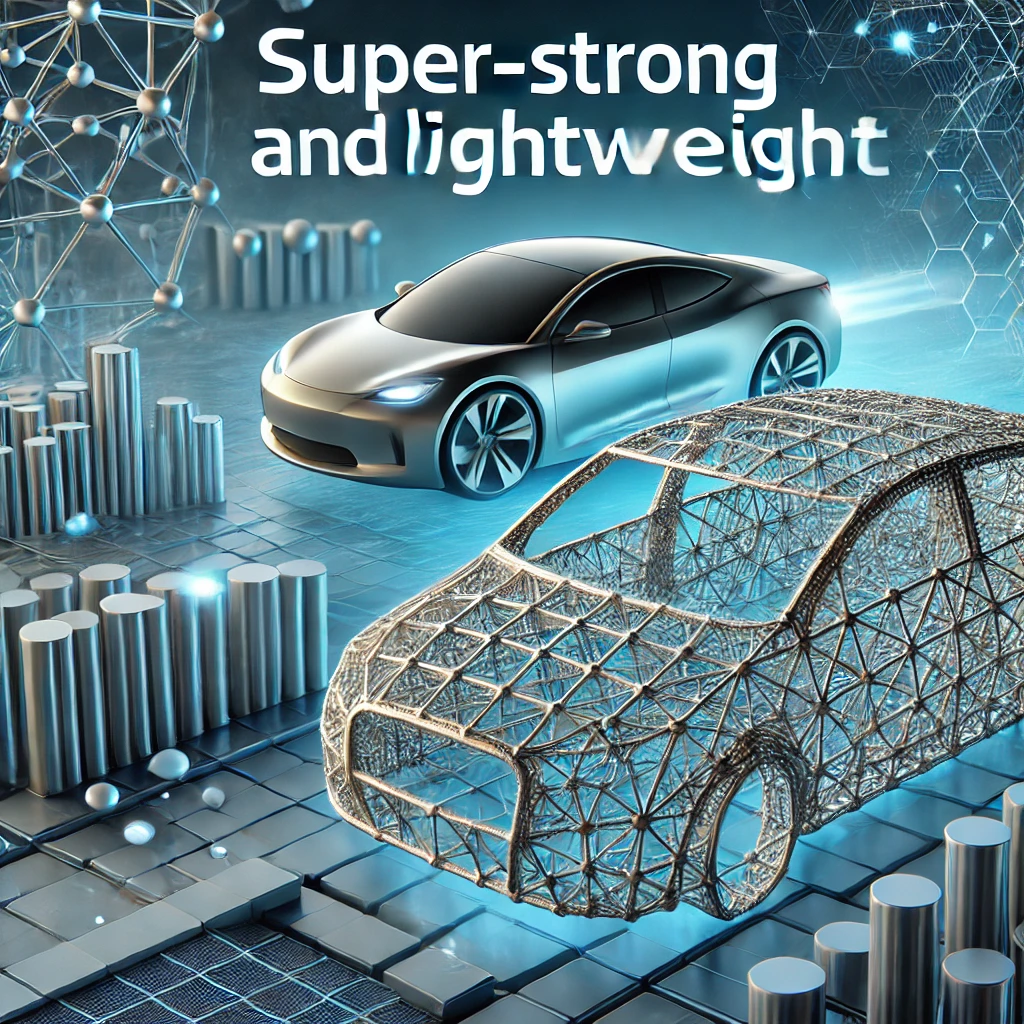
8. Self-Healing Materials
Imagine a world where materials can repair themselves after damage, much like living organisms. Nanotechnology is making this a reality with the development of self-healing materials. These materials are designed to respond to damage by automatically initiating a repair process. For instance, polymers embedded with nanocapsules containing healing agents can release these agents when a crack forms, effectively sealing the crack and restoring the material’s integrity. This technology has wide-ranging applications, from consumer electronics to infrastructure. Smartphone screens that can heal from scratches and cracks, buildings that repair themselves after an earthquake, and pipelines that seal leaks autonomously are just a few examples. Self-healing materials can significantly extend the lifespan of products and structures, reduce maintenance costs, and enhance safety. As this technology matures, we can expect to see it integrated into a broad array of products and systems, revolutionizing the durability and reliability of everyday objects and critical infrastructure.
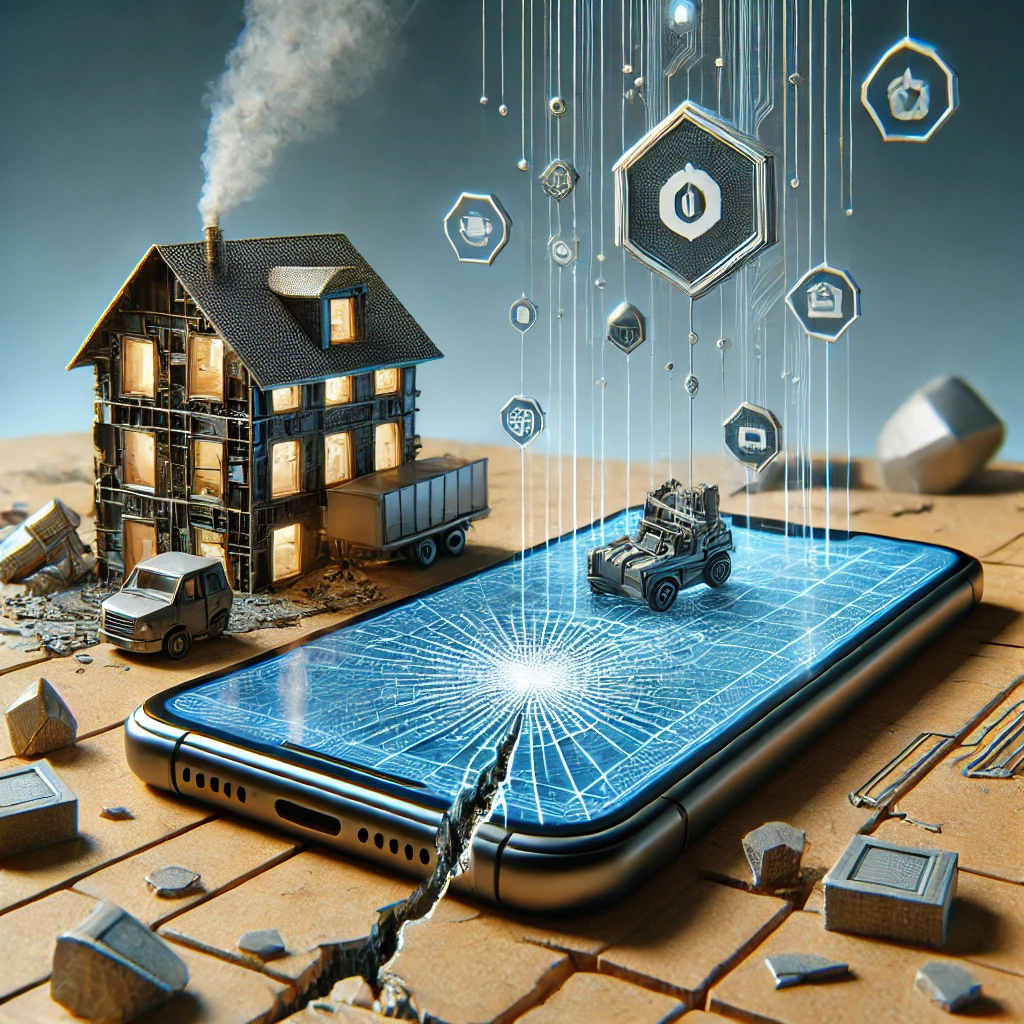
9. Nano-Enhanced Food Production
Feeding the growing global population sustainably is one of the biggest challenges we face. Nanotechnology can play a crucial role in enhancing food production by improving the efficiency and effectiveness of agricultural practices. Nano-enhanced fertilizers and pesticides can be designed to release their active ingredients in a controlled manner, targeting specific areas of the plant or soil. This precision reduces waste and minimizes the environmental impact of these chemicals. Additionally, nanosensors can monitor soil health, moisture levels, and crop conditions in real-time, providing farmers with the information they need to optimize their practices. Nanotechnology can also be used to develop food packaging that extends shelf life by preventing the growth of bacteria and fungi. These innovations will lead to increased crop yields, reduced resource consumption, and improved food security. By integrating nanotechnology into agriculture, we can create a more efficient and sustainable food production system capable of meeting the demands of a growing population while protecting the environment.
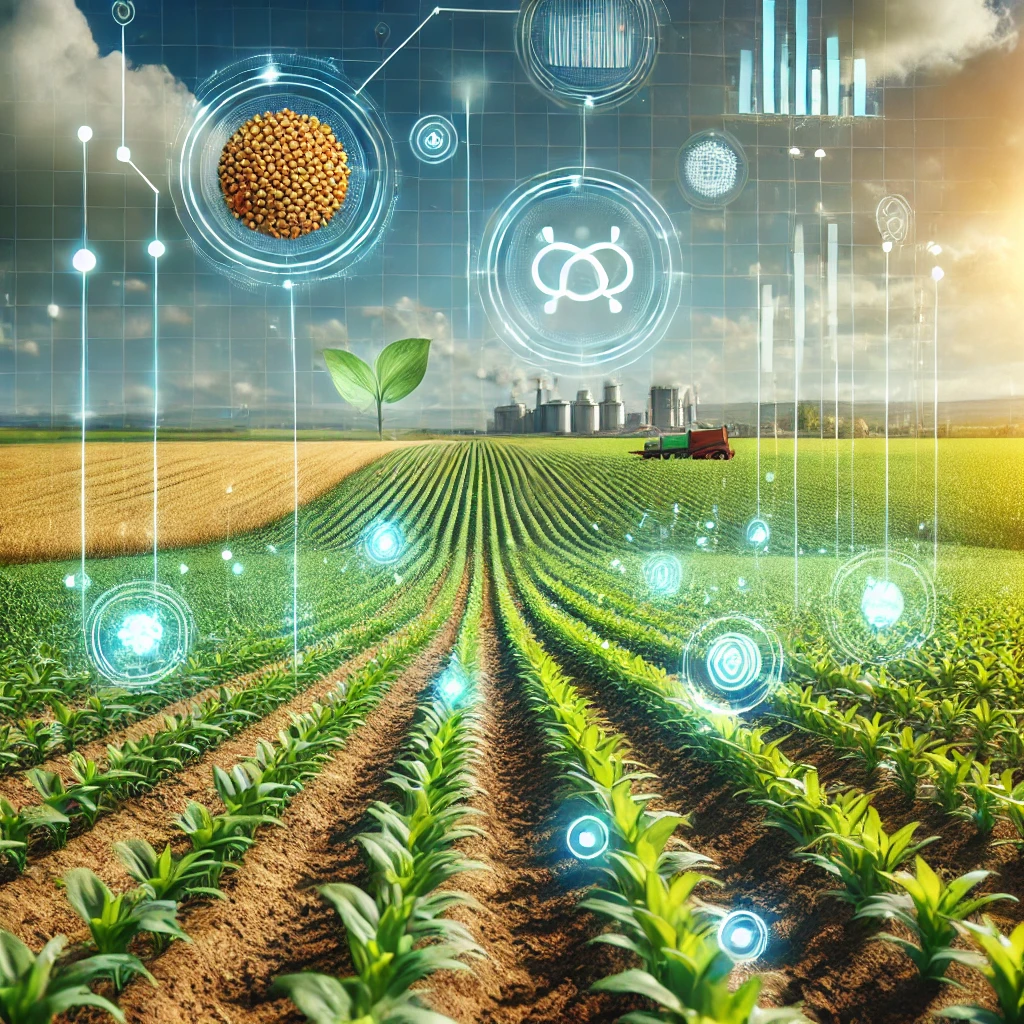
10. Artificial Photosynthesis
Harnessing the power of the sun to create clean fuels through artificial photosynthesis is a promising application of nanotechnology. This process mimics natural photosynthesis, where plants convert sunlight, water, and carbon dioxide into energy. Using nanomaterials, scientists can create artificial leaves that perform this function more efficiently than plants. For example, nanostructured catalysts can split water into hydrogen and oxygen, while other nanomaterials can convert carbon dioxide into hydrocarbons or other valuable chemicals. These clean fuels can then be used to power vehicles, generate electricity, or serve as raw materials for various industries. The ability to produce fuel directly from sunlight and water offers a sustainable alternative to fossil fuels, reducing greenhouse gas emissions and dependency on finite resources. As research in this area advances, artificial photosynthesis could become a cornerstone of our energy system, providing a continuous and renewable source of clean energy that mimics one of nature’s most fundamental processes.
Nanotechnology Inventions 11-20
11. Revolutionary Cancer Treatments
Nanotechnology holds the potential to revolutionize cancer treatment by enabling early detection and highly targeted therapies. Traditional cancer treatments like chemotherapy and radiation often affect healthy cells, leading to severe side effects. Nanotechnology can address this issue by creating nanoparticles that specifically target cancer cells, delivering drugs directly to the tumor site. These nanoparticles can be engineered to recognize and bind to cancerous cells, ensuring that the therapeutic agents are released precisely where needed. This targeted approach minimizes damage to healthy tissues and enhances the efficacy of the treatment. Additionally, nanotechnology can facilitate early detection of cancer by identifying biomarkers at the molecular level long before tumors become visible through conventional imaging techniques. Nanoparticles can be designed to highlight cancerous cells during imaging, allowing for earlier and more accurate diagnosis. This dual capability of detection and treatment heralds a new era in oncology, where personalized and minimally invasive therapies improve survival rates and quality of life for cancer patients.
12. Environmental Remediation
Nanotechnology offers powerful solutions for environmental remediation, addressing pollution and contamination in air, water, and soil. Nanomaterials such as nano-sized catalysts, adsorbents, and sensors can be employed to detect and neutralize pollutants with high efficiency. For instance, nano-sized catalysts can break down harmful chemicals into harmless substances, while nanoadsorbents can remove heavy metals and organic pollutants from water. Nanotechnology can also enhance the degradation of plastics and other persistent pollutants through the development of nanoparticles that promote rapid decomposition. In soil remediation, nanoparticles can bind to contaminants, making them easier to extract or neutralize. These advanced remediation techniques can restore polluted environments more effectively and sustainably than traditional methods. Furthermore, nanotechnology can help monitor environmental health in real-time through nanosensors that detect changes in pollutant levels or ecosystem conditions. By integrating these technologies, we can better manage and mitigate environmental damage, protecting both human health and the natural world.
13. Quantum Computing
Quantum computing represents the next frontier in computational power, and nanotechnology is crucial in making it a reality. Traditional computers use bits as the smallest unit of information, while quantum computers use qubits, which can exist in multiple states simultaneously due to the principles of quantum mechanics. Nanotechnology enables the creation of stable qubits through the use of nanomaterials like superconducting circuits and topological insulators. These materials can maintain quantum states with minimal decoherence, which is essential for practical quantum computing. Quantum computers have the potential to solve complex problems that are currently intractable for classical computers, such as simulating molecular structures for drug discovery, optimizing large-scale logistics, and breaking cryptographic codes. The immense computational power of quantum computers could revolutionize various fields, including chemistry, materials science, and artificial intelligence. As nanotechnology continues to advance, it will play a pivotal role in developing scalable and reliable quantum computing systems, unlocking new possibilities for innovation and problem-solving.
14. Smart Textiles
Smart textiles, or e-textiles, are an emerging field where nanotechnology is transforming the fabrics we wear and use daily. These textiles incorporate nanomaterials and nano-sensors to provide enhanced functionality beyond traditional fabrics. For instance, clothes embedded with nanosensors can monitor physiological parameters such as heart rate, temperature, and movement, making them ideal for healthcare and fitness applications. Nanotechnology can also enable textiles to change color, regulate temperature, and repel stains and water. Imagine a jacket that adjusts its insulation based on the weather, or a shirt that monitors your vitals and sends the data to your smartphone. Additionally, smart textiles can be used in various industries, from sportswear that improves athletic performance to uniforms that enhance safety by detecting environmental hazards. The integration of nanotechnology into textiles will lead to clothing and fabrics that are not only more functional and comfortable but also capable of enhancing our health, safety, and overall quality of life.
15. Nano-Enhanced Cosmetics
The beauty industry is on the brink of a transformation with the advent of nano-enhanced cosmetics. Nanotechnology allows the creation of skincare and cosmetic products that penetrate deeper into the skin, providing more effective and long-lasting results. Nanoparticles can deliver active ingredients such as vitamins, antioxidants, and anti-aging compounds more efficiently, ensuring they reach the targeted layers of the skin. This enhanced delivery system can lead to better hydration, reduced wrinkles, and improved skin texture. Additionally, nanotechnology can be used to create sunscreens with nanoparticles that offer superior UV protection without the white residue often left by traditional sunscreens. These innovations not only improve the efficacy of cosmetic products but also provide new opportunities for personalization based on individual skin types and needs. As the beauty industry continues to adopt nanotechnology, we can expect a new generation of products that offer unprecedented performance and cater to the growing demand for high-quality, scientifically advanced skincare solutions.
16. Advanced Sensors
Nanotechnology is set to revolutionize the field of sensors, making them more sensitive, accurate, and versatile. Nanosensors can detect minute changes in environmental conditions, chemical compositions, and biological states, providing critical data for various applications. For example, in healthcare, nanosensors can monitor glucose levels, detect early signs of disease, and track vital signs with high precision. In environmental monitoring, they can detect pollutants and toxins at very low concentrations, helping to maintain air and water quality. Nanosensors can also be used in industrial applications to monitor machinery and processes, ensuring efficiency and safety. These sensors are small, lightweight, and can be integrated into various devices and systems, offering real-time data collection and analysis. The development of advanced sensors using nanotechnology will enhance our ability to monitor and respond to changes in health, environment, and industry, leading to improved outcomes and smarter, more responsive systems.
17. Nano-Enabled Space Exploration
Space exploration presents unique challenges that nanotechnology can help overcome. The development of nano-enabled materials and systems will enhance the capabilities of spacecraft and instruments, making missions more efficient and effective. For example, nanomaterials can be used to create lightweight, strong components that reduce the overall weight of spacecraft, allowing for more payload or fuel. Nanotechnology can also improve the efficiency of energy systems, such as solar panels, by increasing their energy conversion rates and durability in the harsh conditions of space. Additionally, nanosensors can provide more accurate data collection and analysis, essential for understanding distant environments and conducting scientific research. Nano-enabled systems can also support life support and habitat construction on other planets by creating advanced filtration systems for air and water, and developing self-healing materials for habitats. As we push the boundaries of space exploration, nanotechnology will be a critical tool in overcoming the challenges and expanding our presence in the universe.
18. Personalized Medicine
Personalized medicine is a rapidly advancing field that aims to tailor medical treatments to the individual characteristics of each patient. Nanotechnology plays a key role in this approach by enabling precise diagnostics and targeted therapies. Nanoparticles can be designed to carry drugs directly to specific cells or tissues, minimizing side effects and maximizing therapeutic effects. Additionally, nanosensors can provide detailed information about a patient’s genetic makeup, metabolic state, and disease progression, allowing for customized treatment plans. This level of personalization can improve the effectiveness of treatments for conditions like cancer, cardiovascular diseases, and neurological disorders. By integrating nanotechnology with genomics, proteomics, and other advanced medical fields, personalized medicine can offer more accurate diagnoses, earlier interventions, and better outcomes. As the technology continues to evolve, we can expect a future where medical treatments are tailored to each individual’s unique biology, leading to more effective and efficient healthcare.
19. Nano-Enhanced Virtual Reality
Virtual reality (VR) is set to become even more immersive and realistic with the help of nanotechnology. By incorporating nanomaterials into VR displays and sensors, developers can create devices with higher resolution, faster response times, and improved haptic feedback. For instance, nanomaterials like graphene can enhance the clarity and color accuracy of VR screens, providing a more lifelike visual experience. Nanosensors can improve the tracking of motion and gestures, making interactions within the virtual environment more natural and intuitive. Additionally, nanotechnology can enable the development of lightweight and comfortable VR headsets, enhancing user experience. Beyond gaming and entertainment, nano-enhanced VR can be used in fields such as education, healthcare, and training, providing realistic simulations and immersive learning environments. As nanotechnology continues to advance, it will push the boundaries of what is possible in virtual reality, creating more engaging and interactive experiences that blur the line between the virtual and real worlds.
20. Anti-Aging Therapies
The quest for longevity and improved quality of life is driving the development of anti-aging therapies, and nanotechnology is at the forefront of these advancements. By targeting the fundamental processes of aging at the cellular level, nanotechnology offers the potential to slow down, halt, or even reverse some aspects of aging. Nanoparticles can deliver anti-aging compounds directly to cells, enhancing their effectiveness and reducing side effects. For example, nanoparticles carrying antioxidants can protect cells from damage caused by free radicals, a major factor in aging. Nanotechnology can also enable the repair of damaged DNA and the regeneration of tissues, potentially extending lifespan and improving health in later years. Additionally, nanosensors can monitor biological markers of aging, providing insights into an individual’s aging process and guiding personalized interventions. As research progresses, anti-aging therapies based on nanotechnology could transform the field of medicine, offering new ways to maintain health and vitality throughout life.
Conclusion
The future of nanotechnology is incredibly promising, with the potential to transform virtually every aspect of our lives. From healthcare and environmental protection to energy and computing, the inventions enabled by nanotechnology will redefine what is possible. As research and development continue to advance, these futuristic ideas may soon become everyday realities, improving quality of life and addressing some of the most pressing challenges facing humanity.

I dont understand how solar panels can be in clothes. we can wear them and charge our phone at the same time?
That’s the idea yes, and think about lighting yourself up in the dark for safety reasons. The possibilities are endless.
Flexible electronics sounds weird. It will be a good application in a phone to make flexible phones.
I’d like to invent that Id probably make millions. Where would I start with that?
Nanobots sound cool but how do they make them so small? How do we know they’re even there? 🙂
Clean water is important, but is it real to make portable devices for this? Can I get one?